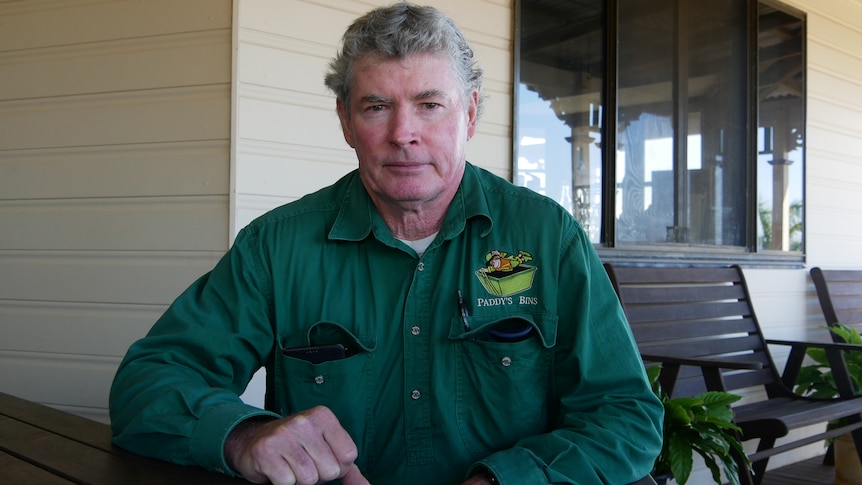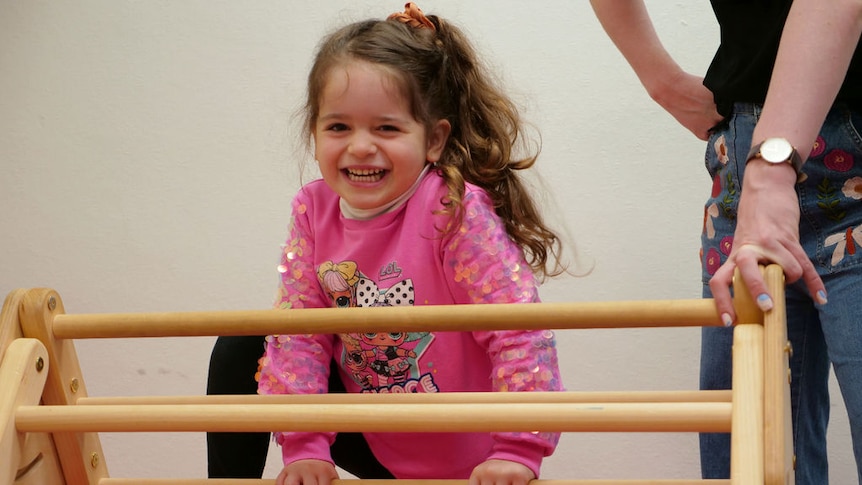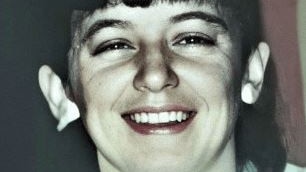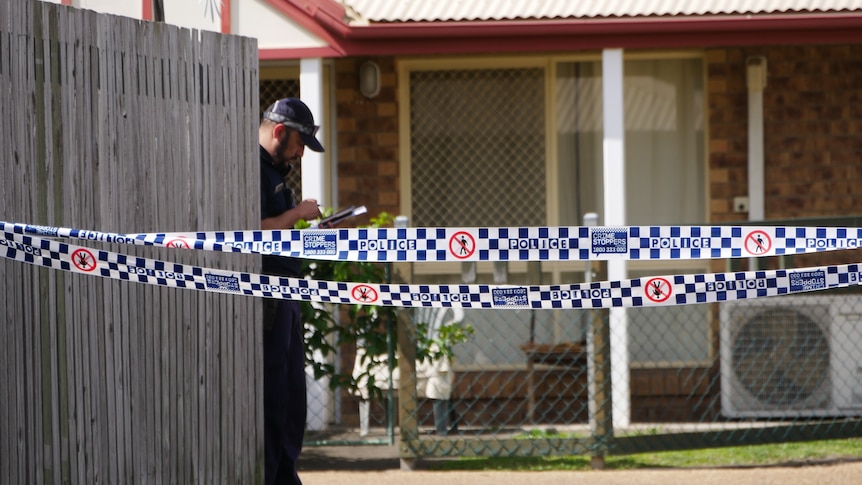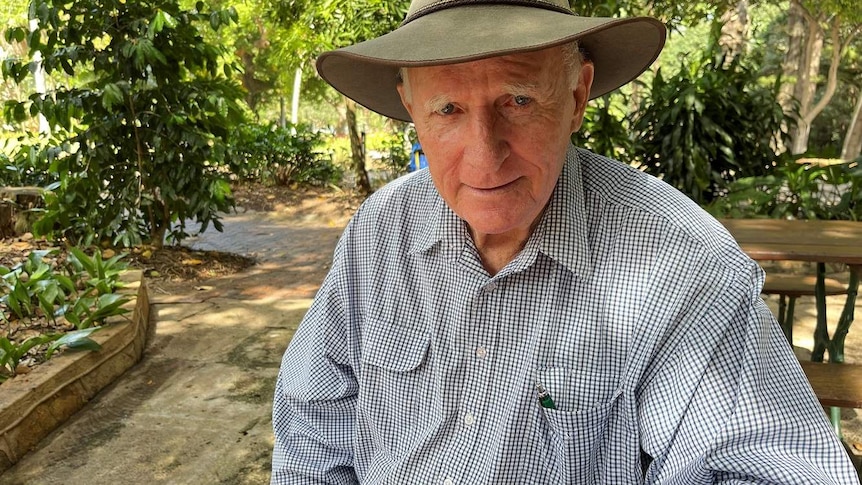Paul McKenna can still feel the dread in his stomach when he thinks about driving his locomotive along Rockhampton’s Denison Street.
Key points:
-
Retired train driver Paul McKenna says the Rockhampton rail level crossing is one of the most dangerous he’s encountered when it comes to near misses
-
The Rail, Tram and Bus Union is calling on Queensland Rail to change the rail freight route, so it bypasses Rockhampton city
-
Queensland Rail says there are no plans to upgrade the level crossing
“It’s sheer luck that there hasn’t been more people killed down that street,” he says.
For a two-kilometre stretch through the middle of Rockhampton, freight trains travel down the middle of Denison street after leaving the Rockhampton station yard.
It’s one of the only freight lines in Queensland that still runs through the middle of a city, according to the Rail Union.
Mr McKenna, a retired train driver from Yeppoon who spent 33 years in the industry, said he would encounter a near-miss almost every second time he would drive along the Denison street line.
“People seem to pull up at the stop signs and they don’t look for trains, they look for traffic and they just take off in front of you and you pretty well haven’t got a chance to stop,” Mr McKenna said.
“You’ve got pedestrians that just walk out in front of you.
“You’d come home and you’d stay awake at night if you got close to hitting people.
“It was pretty scary… It needs to be moved.”
Earlier this year, data from the Department of Transport and Main Roads released by the RACQ revealed that the intersection of Denison and Derby St was one of the worst intersections for serious crashes in the state.
The intersection ranked fourth, with seven serious crashes and 11 people seriously injured between June 2018 and May 2021.
Calls to move rail freight line for safety
The Rail, Tram and Bus Union’s Craig Allen says the Dennison Street rail level crossing is the largest in the southern hemisphere and is unique in that it runs through the middle of a city.
The union is calling on Queensland Rail to bypass Rockhampton city, in line with the city’s ring road project.
“Members have identified the whole of Denison Street as one of the most dangerous level crossings they’ve ever encountered,” Mr Allen said.
“From our driver’s perspective, they see the horror in these people’s faces when they’re in the train and they’re about to collide with them.
“The freight infrastructure around Rockhampton is still 19th century… it still hasn’t been upgraded. It’s time we got rail into the 21st century and eliminated all these dangerous rail crossings.”
It’s a call Mr McKenna supports.
“Eliminate the risk… it takes its toll over the years,” he said.
“You nearly can pick which one’s going to come out in front of you. They appear to look up the road for cars, but they don’t see the train and then they take off and you can’t stop.
“If there’s an opportunity to change it, they should jump at it.”
‘No plans’ to upgrade Denison Street level crossing
Queensland Rail head of regional, Jim Benstead said he was committed to level-crossing safety through investment in education, engineering upgrades and working closely with the police on enforcement.
“While there are no current plans to upgrade the level crossing or track infrastructure through the Denison and Derby Street intersection in Rockhampton, Queensland Rail is working with council to identify any potential safety improvements,” Mr Benstead said.
“In the last financial year (2021-2022) we saw 94 near misses on the network across regional Queensland.
“Since 2017, there have been nine incidents at the Denison and Derby Street level crossing, including one traffic incident earlier this year.”
Mr Benstead said all level crossings were fitted with signs and signals to warn of an approaching train and people had to take responsibility and heed the warnings.
“There is also an $18 million regional level-crossing program underway, which has so far delivered upgrades to level crossings in Portsmith, Edmonton, Chinchilla and Cardwell in North Queensland,” he said.
“Queensland Rail is asking everyone in the community to prioritize their own safety around trains.”
.
